
This blog is about entrepreneurship. I want to take a behavioural design perspective on how to transform a startup into a healthy scaleup, using the mental model of ‘leverage’.
Leverage is what transforms
a startup into a scaleup

What is leverage?
Leverage is a concept, advocated by Naval Ravikant. If there’s one podcast you should listen to, then subscribe to his show. It’s incredibly dense of worldly wisdom and wisdom on entrepreneurship. Naval uses a quote by ancient Greek philosopher Archimedes to define leverage:
“Give me a lever long enough, and a place to stand, and I will move the earth.” — Archimedes
Roughly translated, leverage is the availability of levers that make it easier for you to make progress in life. When you’ve got leverage, you don’t have to do the hard work anymore. Your levers do the hard work for you. The most straightforward piece of leverage that first comes to mind is, of course, capital. The more capital you have, the easier it becomes for you to generate more prosperity. You can invest it in the stock market. You can start buying houses and rent them out; you can participate in a construction project, you can invest in a company. The means to make capital work for you are endless. Unfortunately, most of us don’t have that kind of leverage.
A startup has got limited leverage.
One of the top reasons why 90% of all startups fail, even if they have a great product, is because they have minimal leverage: They don’t have much capital to find the audience that is willing to pay. When we started SUE in 2011, we had only cash in the bank for three months before we would have to move in at our parents’ house. So marketing and advertising was a no go. We had no cases to prove to our prospective clients that we could service them. We only had our reputation as leverage. And that was nearly enough to convince a couple of clients to have the confidence to work with us.
The biggest challenge with a cash-bootstrapped startup is that you have practically zero leverage to build a company. If you want to create a healthy business, the first rule is that you stop working IN your company and start working ON the company.
But the problem is: You have no time and money to do this. There’s not enough cash to hire senior employees, Not enough cash to hire a proper salesperson, not enough cash to advertising the business. One mistake (like a bad hire) and you’re back to where you started. To get out of this negative spiral is the only challenge a startup should be focussing on.
The first rule is that you stop working IN your company and start working ON the company. But the problem is: You have no time and money to do this
The past nine years felt like a series of consecutive marathons we ran, to finally get some leverage. We are finally experiencing the power of several levers that are doing some heavy lifting for us. (Resulting in me writing this blog in a beautiful house at the southern part of Ko Samui Island). (Just saying).
There’s absolutely no doubt that luck plaid a great deal. I’m fully aware of the survivorship bias. You usually only hear the 10% survivors and they have the tendency to post-rationalize why their so-called genius strategy led to the inevitable outcome of success. I don’t want to fall into this trap. I can point to many instances where failure was as likely as a success. And maybe in a couple of years, we might be heading in the wrong direction again.
But whether or not we fail in the long run, I can say that life got much easier for us, since we can benefit from leverage.

When your company starts to have leverage
Here’s an incomplete list of levers that make a huge difference between an unstable startup and a stable, profitable scaleup.
Discover the missing layer of behavioural design
Join our Behavioural Design Academy and learn how to positively influence minds and shape behaviour
When you have an excellent reputation, you’ve got leverage. It means a great deal for people who are contemplating to work with us if you have more than 1000 excited alumni for the Behavioural Design Academy, and if you have facilitated behavioural design sprints for international brands, NGO’s and governments.
When you own a content domain, you’ve got leverage. About half of the people who attend the behavioural design academy masterclass, first came across one of our blogposts on Behavioural Design. I’m sometimes blown away by the power of having good content that is rewarded with high search rank. People have flown to Amsterdam from over 40 countries – some flew more than 16 hours – to attend our two-day masterclass. Thanks to our content we get invited to do keynotes at conferences, or guest columns in trade magazines, which in turn fuels our reputation.
Having a senior team is leverage: We are very grateful for having the most amazing people to work for us. Our two senior Sprint Leads Vincent and Cleo are directing nearly all the sprints (with more youngsters like Maaike rapidly on their way to get there), and Tim and Jorn are fantastic trainers. Their work allows us to redirect our time and mental effort to improve our products, our website, our communication with our alumni, our content, etc. This in turn gives us even more leverage.
Productizing our offering created leverage. There are only two things you can do with SUE: learn the Behavioural Design Method in our Academy or work with the Behavioural Design Method in a Sprint. That’s it. Simple products make it so much easier to generate a predictive revenue stream that is key to building a stable growing company.
And finally: having a great brand is the ultimate form of leverage. My partner Astrid is obsessed with the SUE Brand. Everything about the SUE brand experience should be spot-on: From the moment you subscribe on the website, to the moment you arrive on the first moment of training or a sprint. And from the moment you finished our Academy till the end of the 6-month follow-up e-mails, in which we keep trying to inspire you to keep thinking like a behavioural designer.
Leverage is hard work
If you understand leverage, then it becomes obvious why the myth of a fast-growing startup is bullshit. There’s no such thing as an overnight success. Growth gradually follows from one lever piled on top of another one. Content leads to cases; Cases lead to reputation; reputation leads to talent; talent leads to freeing up time to work on the company (instead of in it). Working on the company leads to more content, more cases, more reach. etc. There’s a rule of thumb you should have in mind when starting a company. If you are amongst the lucky ones to survive, it will take you on average five years to finally get to the point where you’ve got leverage.
To have leverage is awesome. But to gradually get some, you have to have stamina.
More blogs on employee behaviour and organizational design
- The Behavioural Design of Applying for a Job A must read for everyone who is applying for a job.
- The behavioural design of a great team (the title speaks for itself)
- How Jeff Bezos designs team behaviour (on the remarkable culture at Amazon.com)
- How to design an innovation habit (why some companies are more innovative)
- The psychological price of being rational is being unlikeable (why innovative people need to be courageous)
- How to make an agile team customer-centric?
- Three techniques that will supercharge your team’s creativity
- The rise of the Chief Behavioural Officer
- Leverage is the secret engine for growing a company (a post on what we learned in 8 years of building SUE)
How does influence work in practice?
Enroll now in one of our monthly editions of the Behavioural Design Academy. and learn how to predictably change behaviour. SUE trained over 1000 people from 40+ countries and our program is rewarded with a 9,2 satisfaction rate.
Want to learn more?
If you want to learn more about how influence works, you might want to consider our Behavioural Design Academy masterclass. Or organize an in-company program or workshop for your team. In our masterclass we teach the Behavioural Design Method, and the Influence Framework. Two powerful frames for behavioural change.
You can also hire SUE to help you to bring an innovative perspective or your product, service or marketing in a Behavioural Design Sprint. You can download the brochure here, or subscribe to Behavioural Design Digest at the bottom of this page. This is our weekly newsletter in which we deconstruct how influence works in work, life and society.
Or maybe, you’re just curious about SUE | Behavioural Design. Here’s where you can read our backstory.

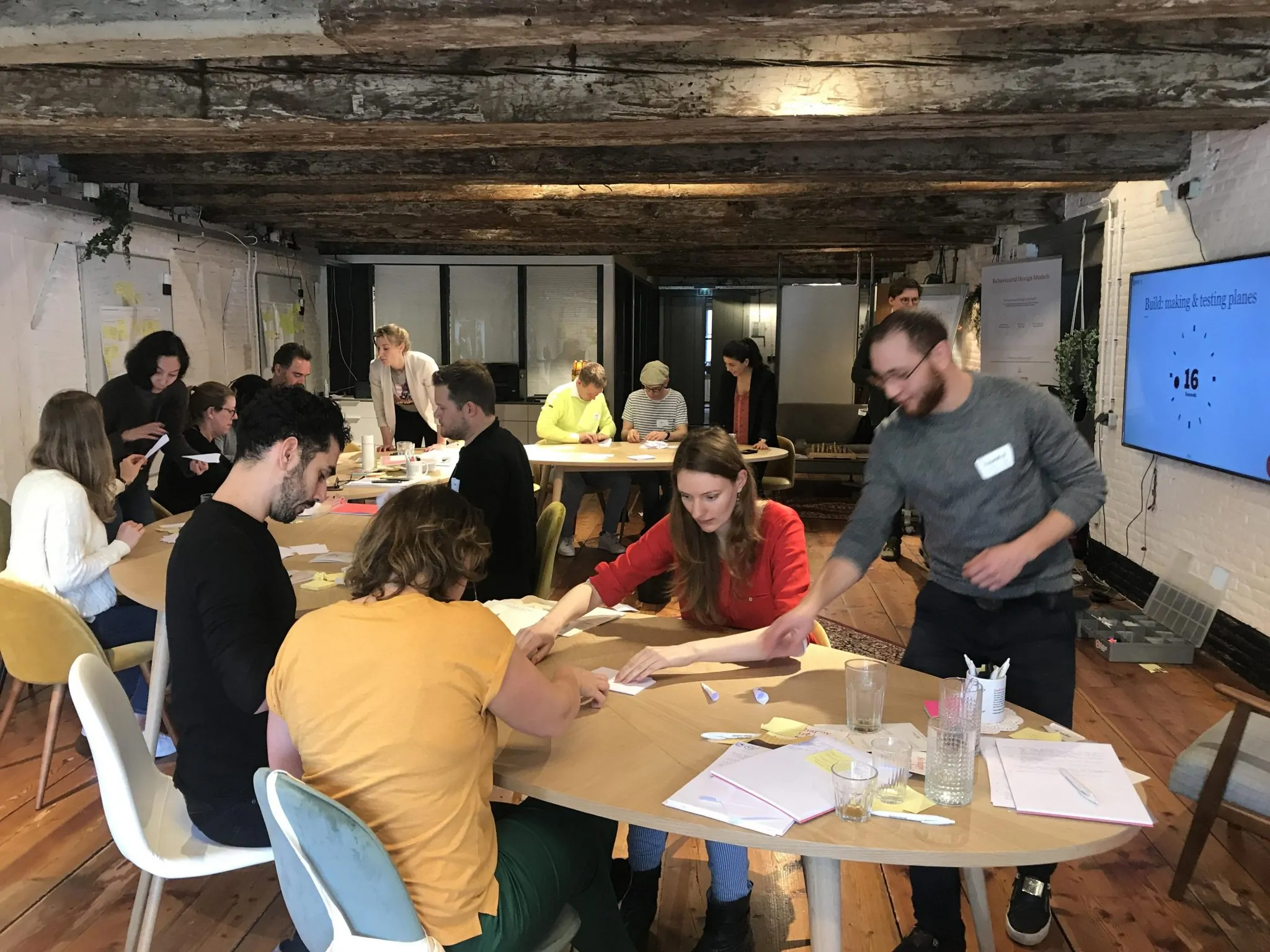
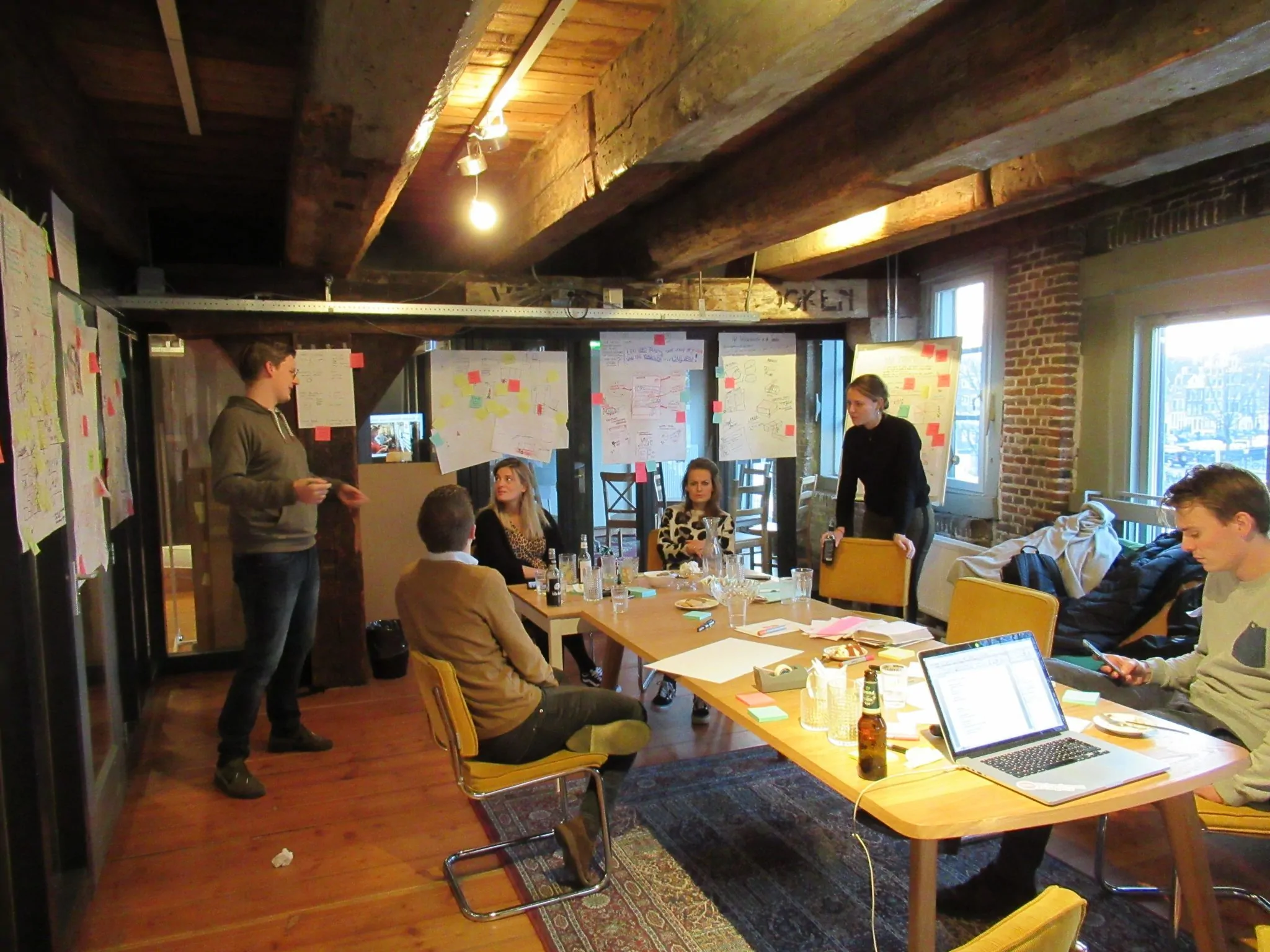
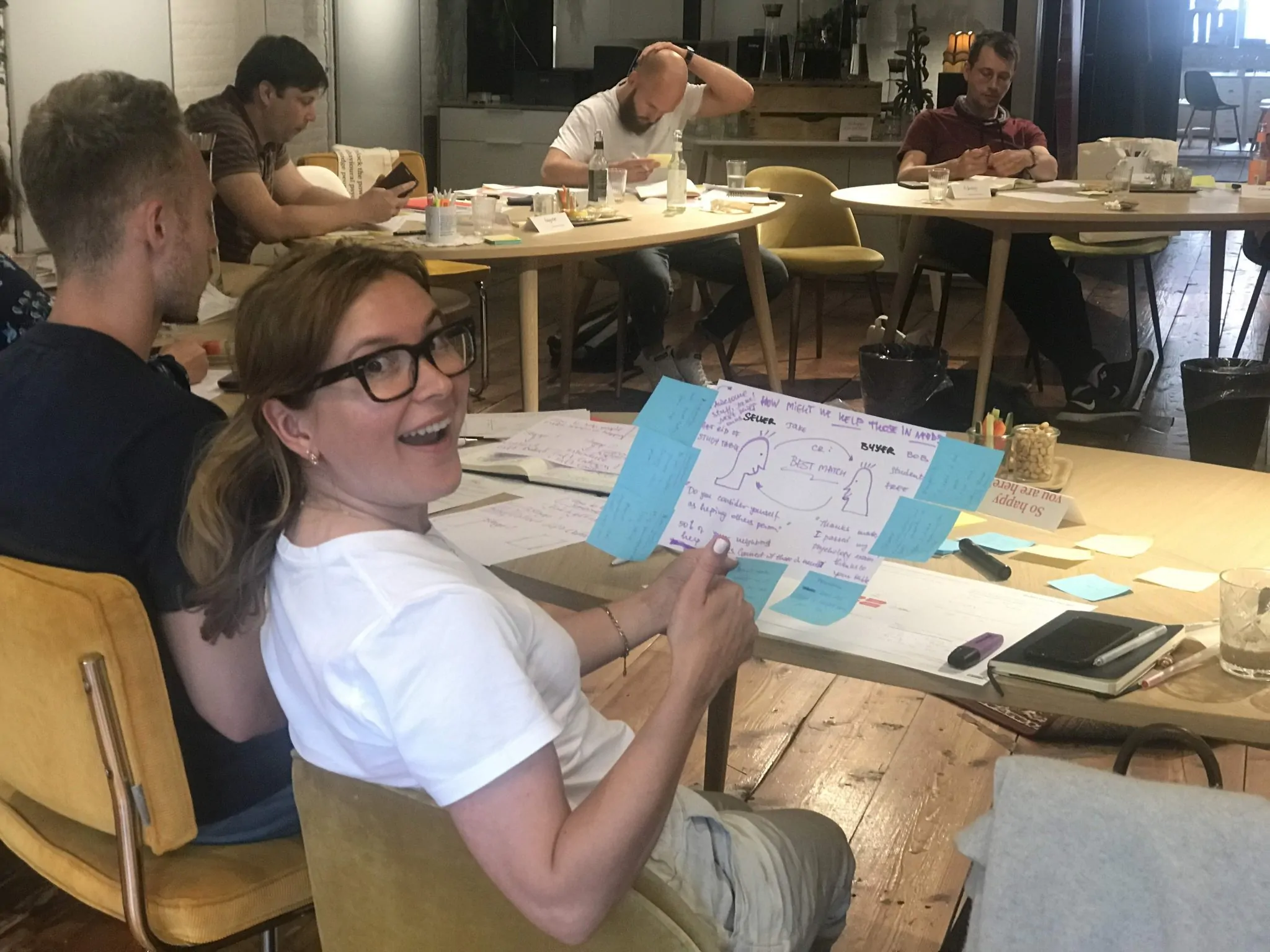
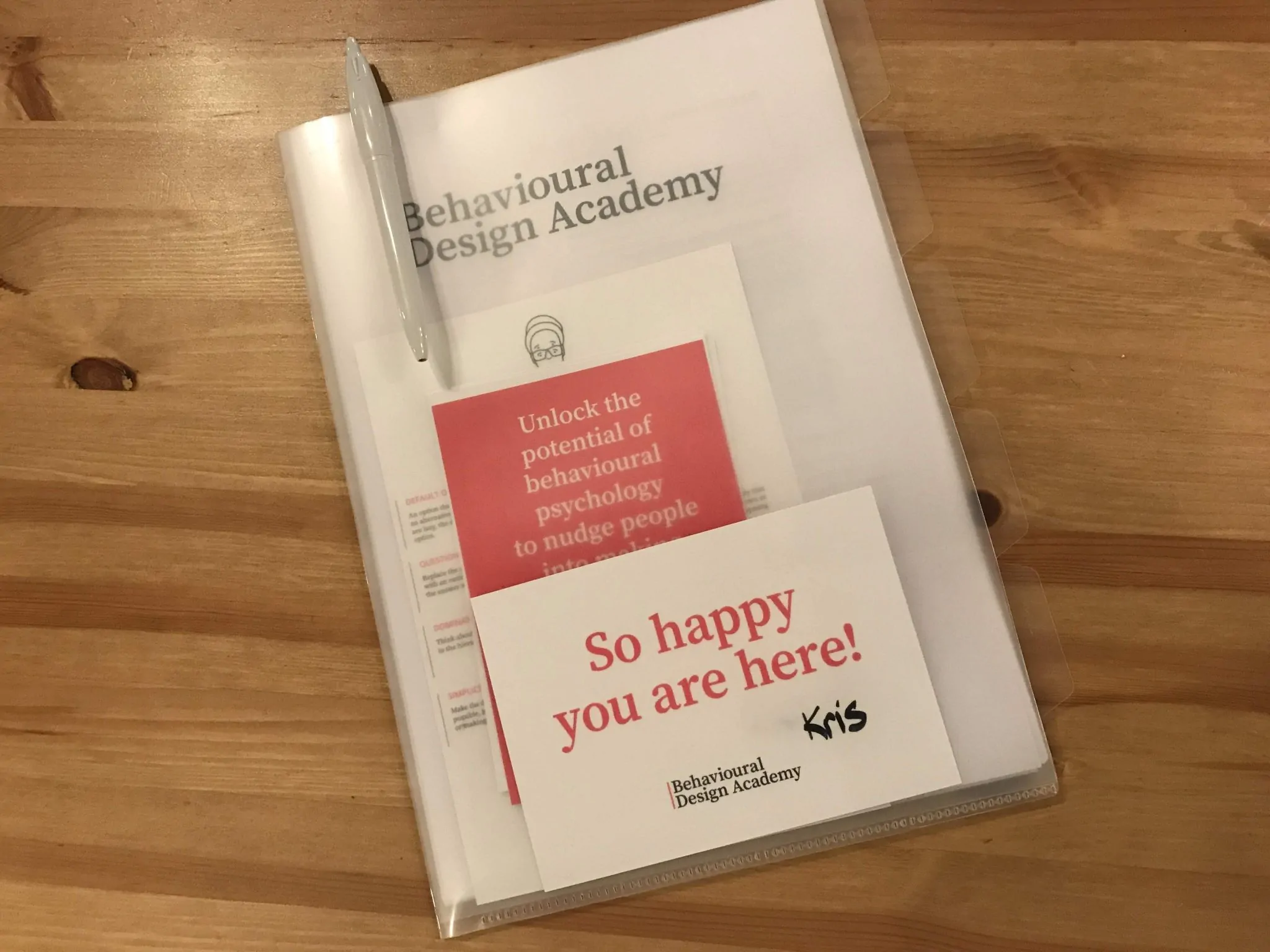
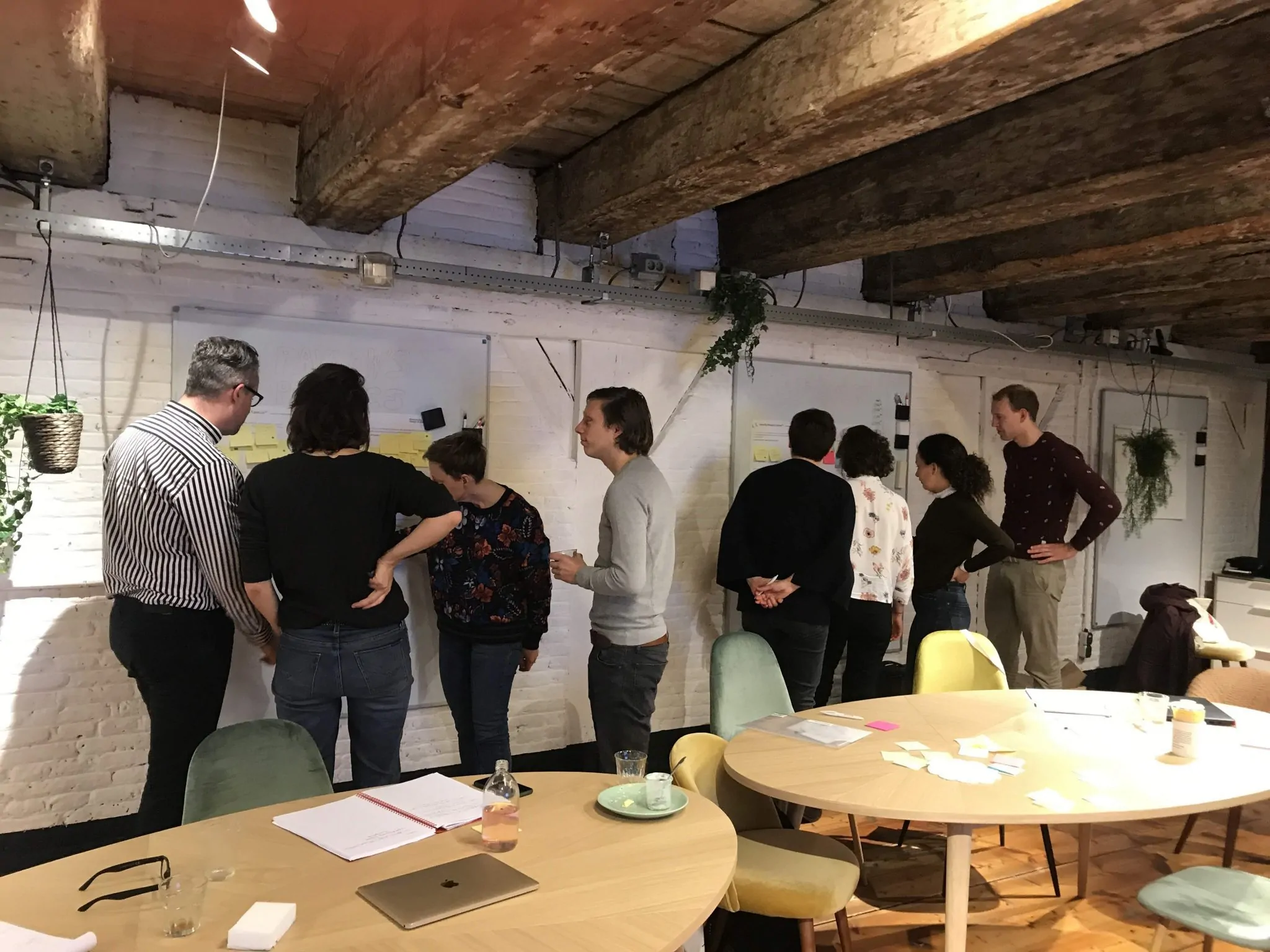
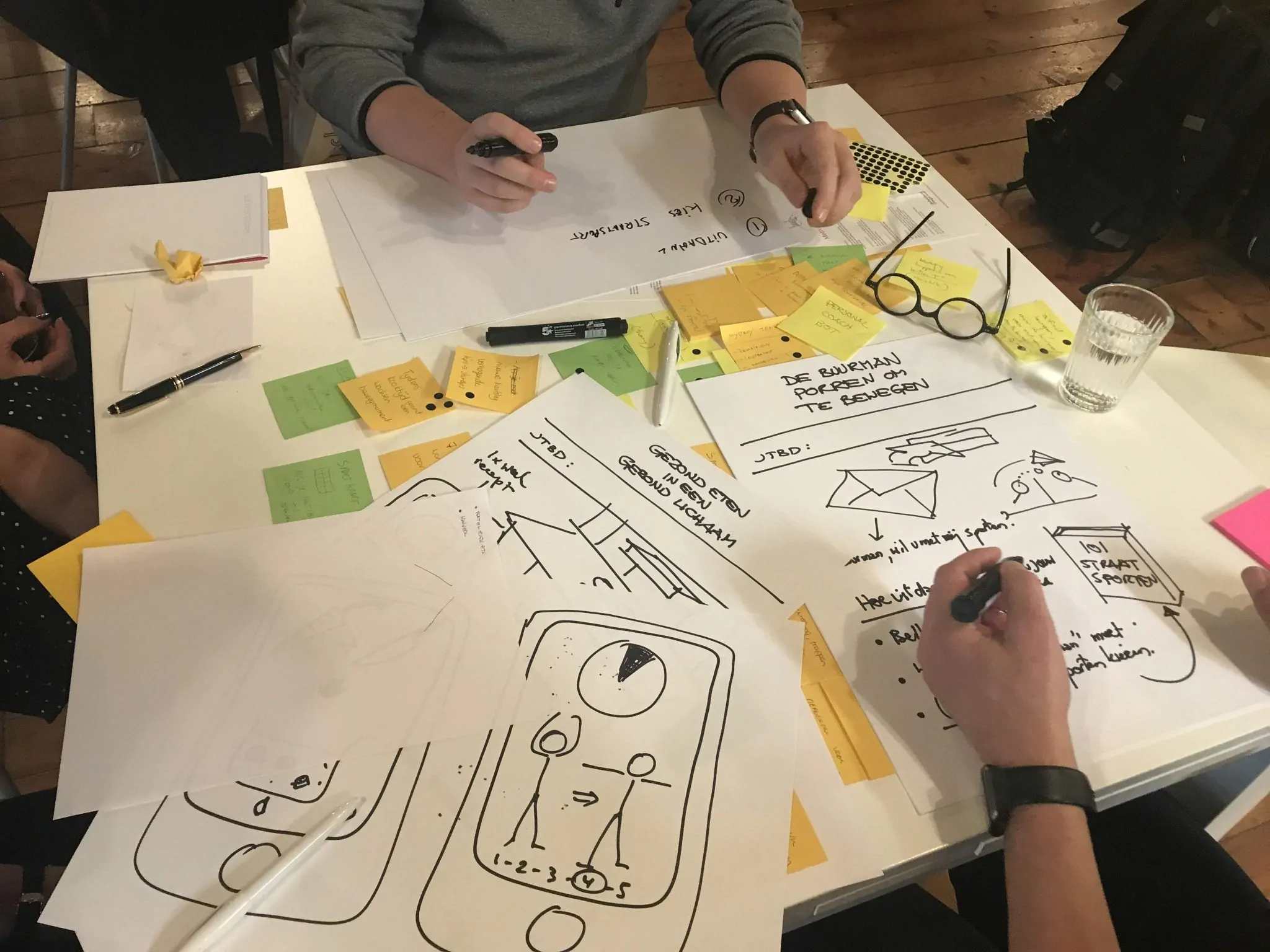

 The team is more important than the individual
The team is more important than the individual






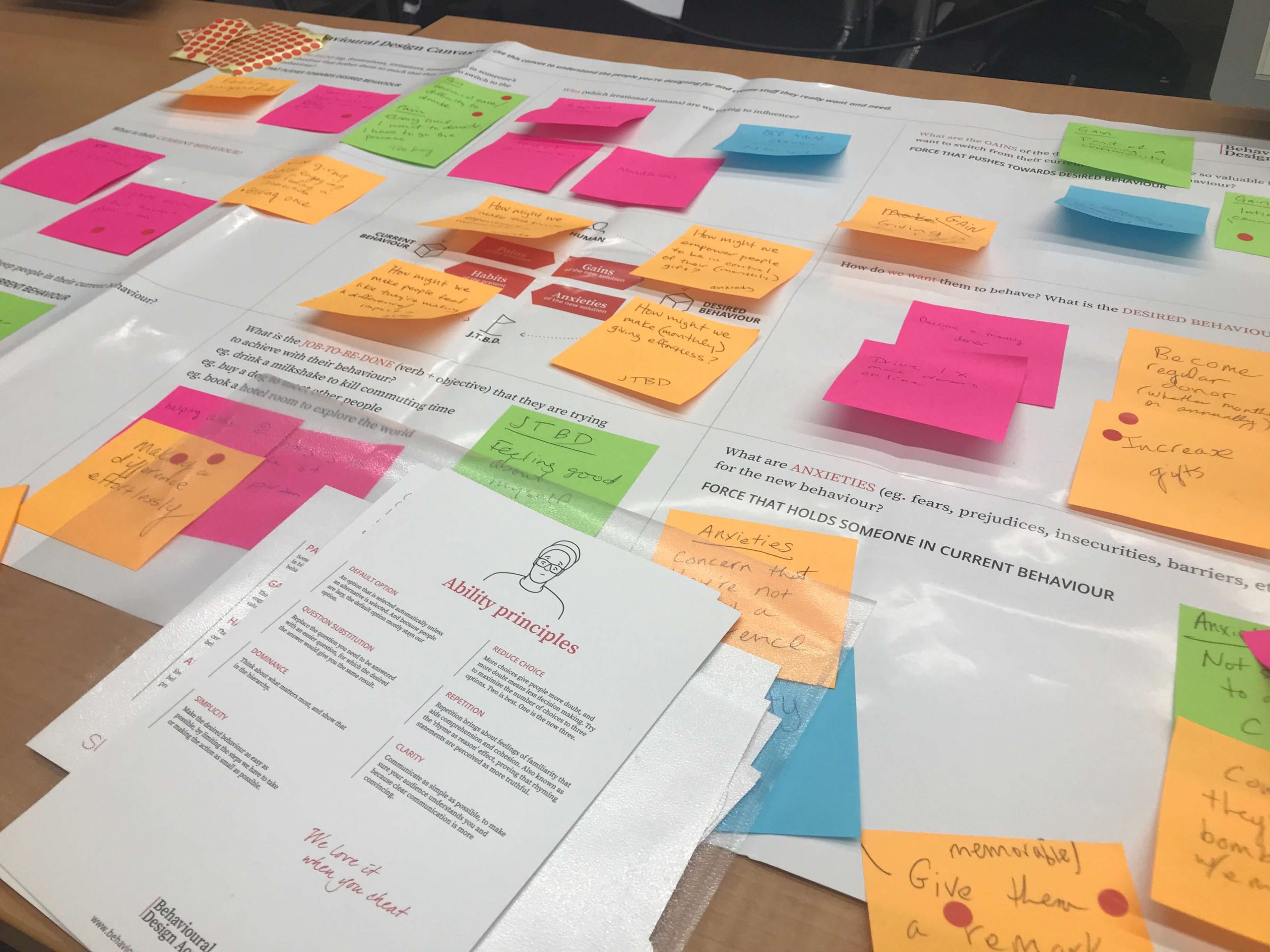
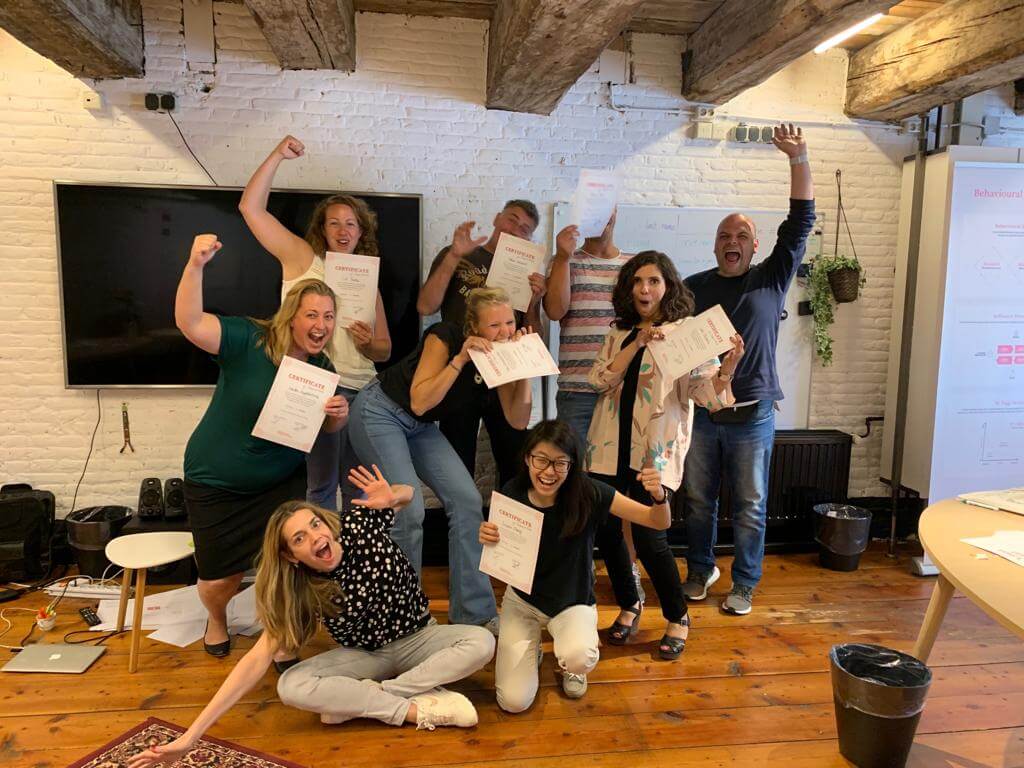
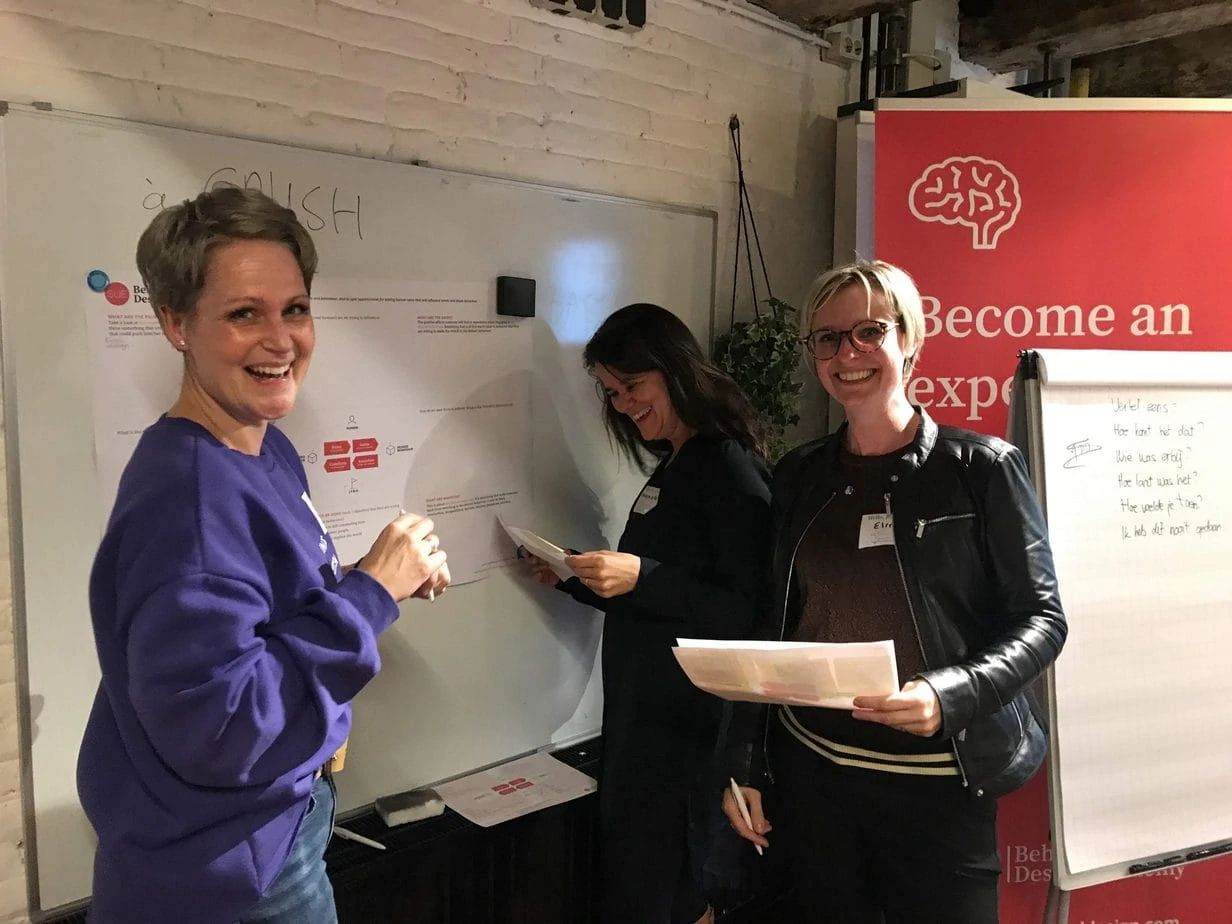
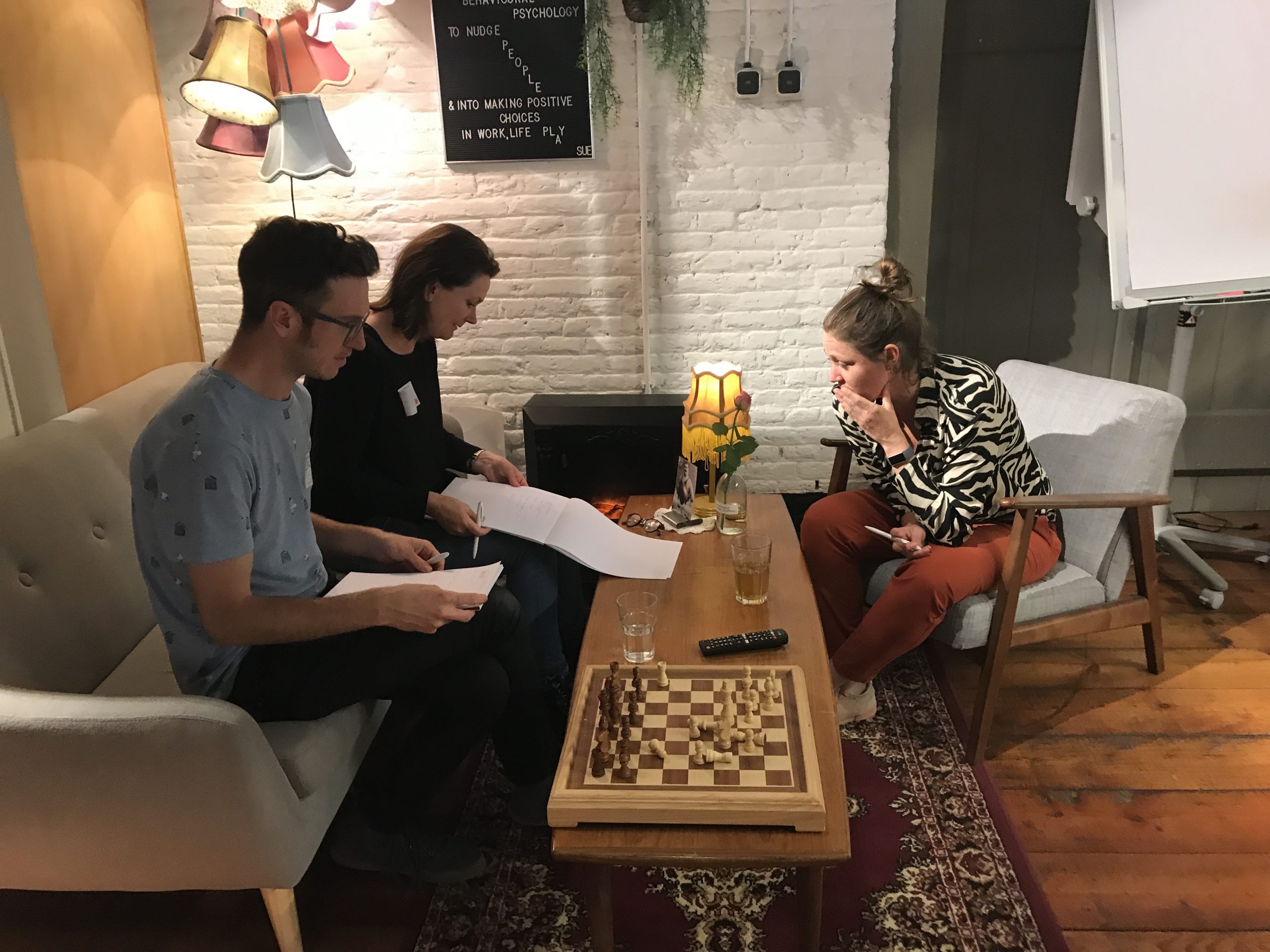
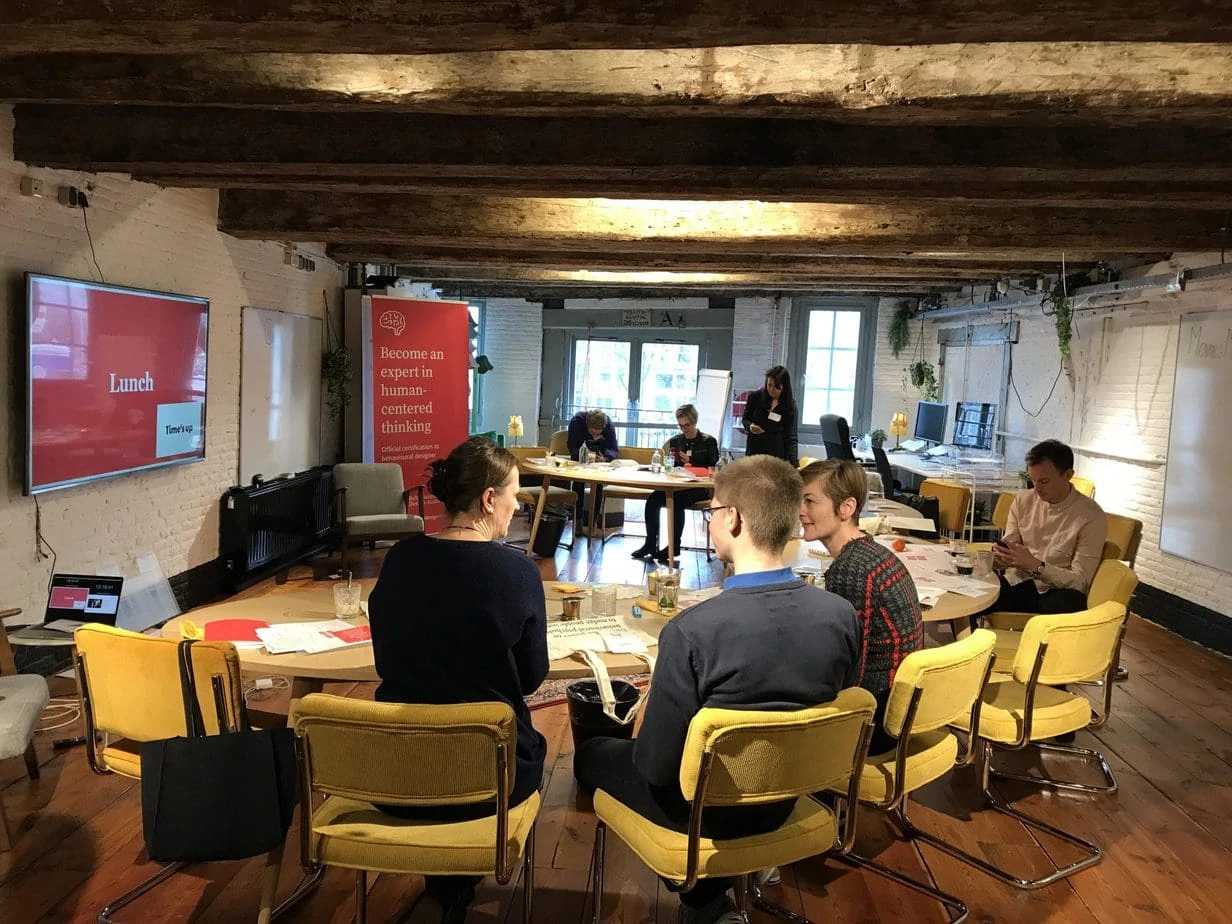
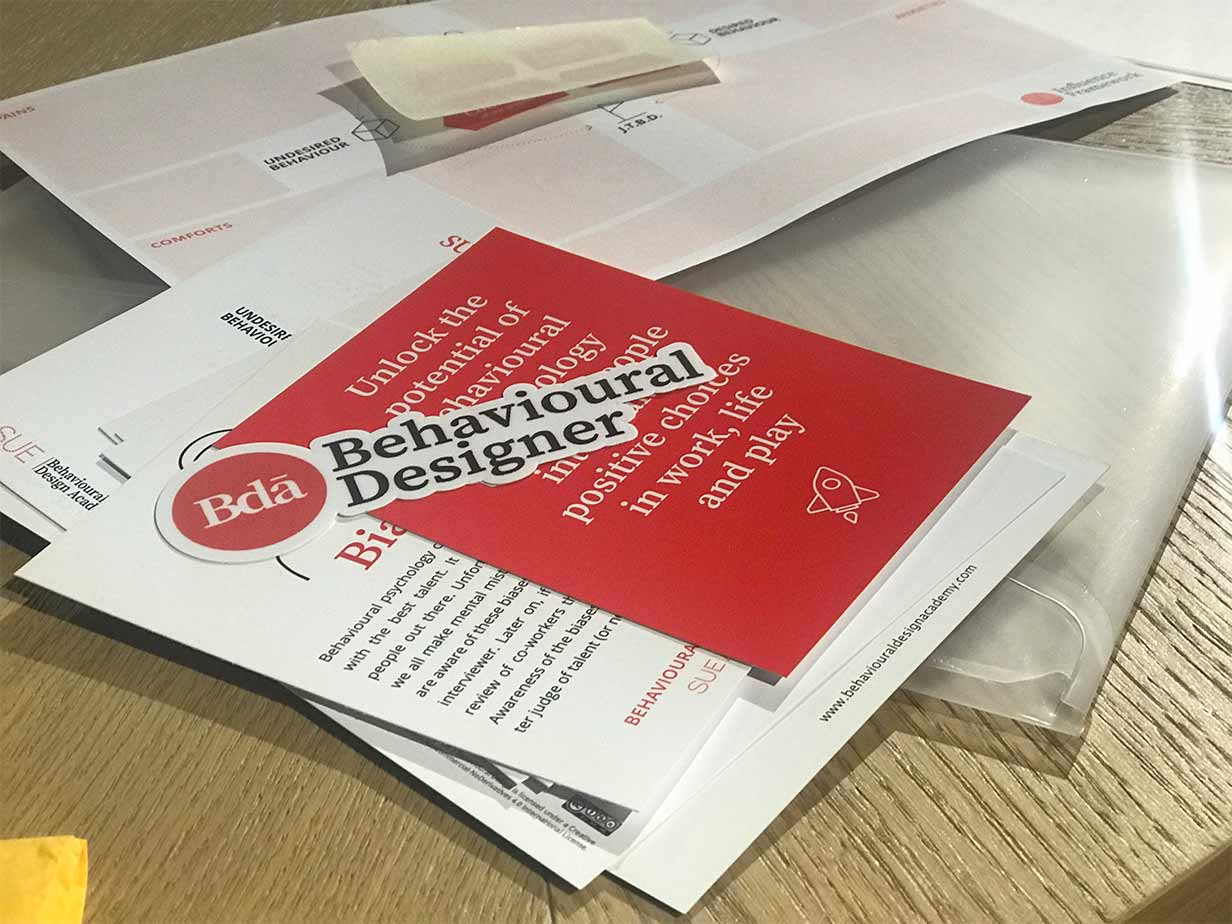


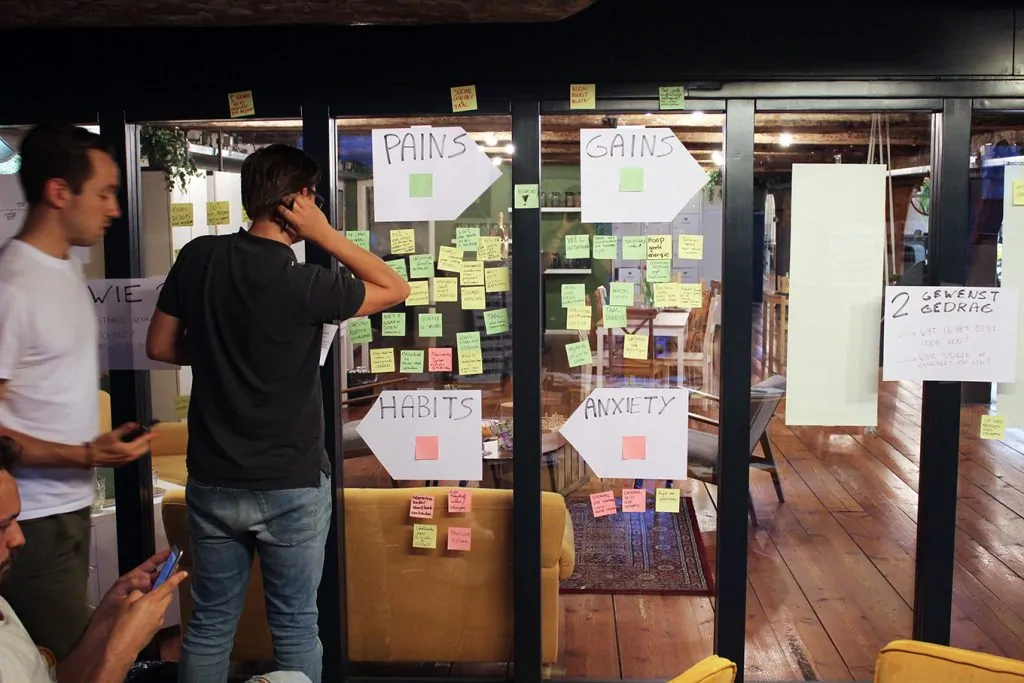
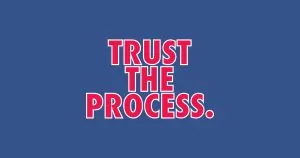
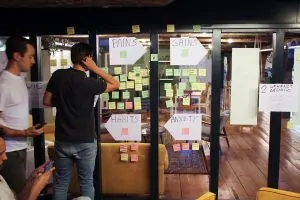 Whether the goal of the sprint is to create new value propositions or service and product innovations, the underlying promise is that the Sprint will provide them with a systematic approach to solve customer problems. The beauty of a (behavioural) design sprint is that its setup forces the participants to approach the problem with a rigor they haven’t probably experienced before: The sprint method forces them to get a better understanding the problem. It forces them to formulate hypotheses on how to solve those problems. It forces them to prototype multiple solutions, and finally, it forces them to learn which prototype works and why it works. By going through these steps, the (Behavioural) Design Sprint protects client teams against their own biases, and it protects them from the HIPPO in the room. The HIPPO is the Highest Paid Person in the Organization, who believes he/she is being paid to know best what the right strategy is. This alone already makes a sprint incredibly valuable.
Whether the goal of the sprint is to create new value propositions or service and product innovations, the underlying promise is that the Sprint will provide them with a systematic approach to solve customer problems. The beauty of a (behavioural) design sprint is that its setup forces the participants to approach the problem with a rigor they haven’t probably experienced before: The sprint method forces them to get a better understanding the problem. It forces them to formulate hypotheses on how to solve those problems. It forces them to prototype multiple solutions, and finally, it forces them to learn which prototype works and why it works. By going through these steps, the (Behavioural) Design Sprint protects client teams against their own biases, and it protects them from the HIPPO in the room. The HIPPO is the Highest Paid Person in the Organization, who believes he/she is being paid to know best what the right strategy is. This alone already makes a sprint incredibly valuable.
